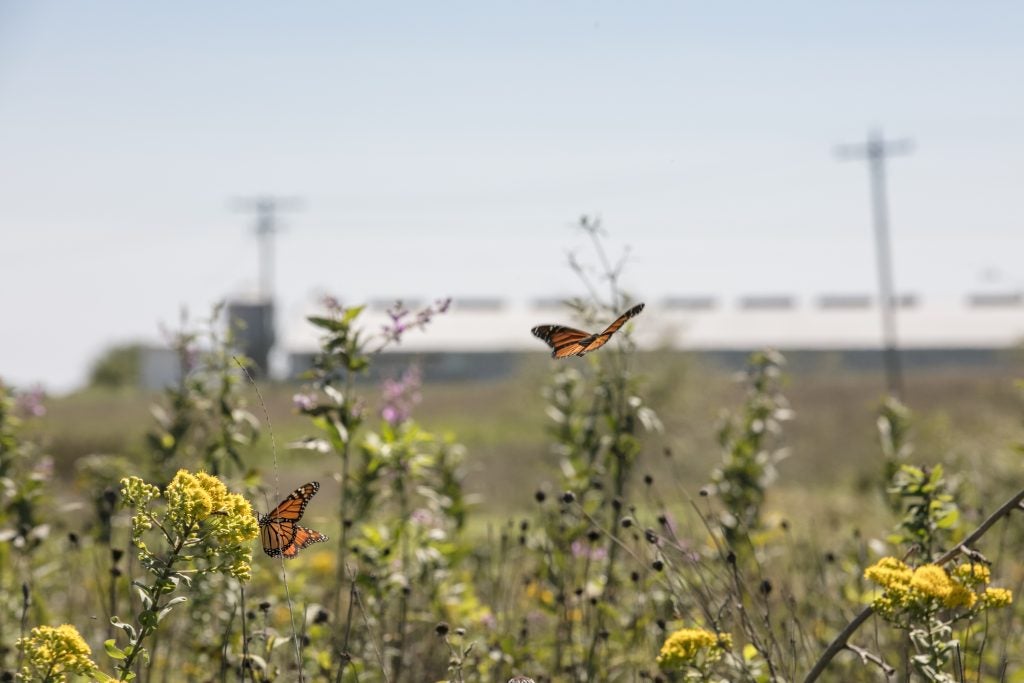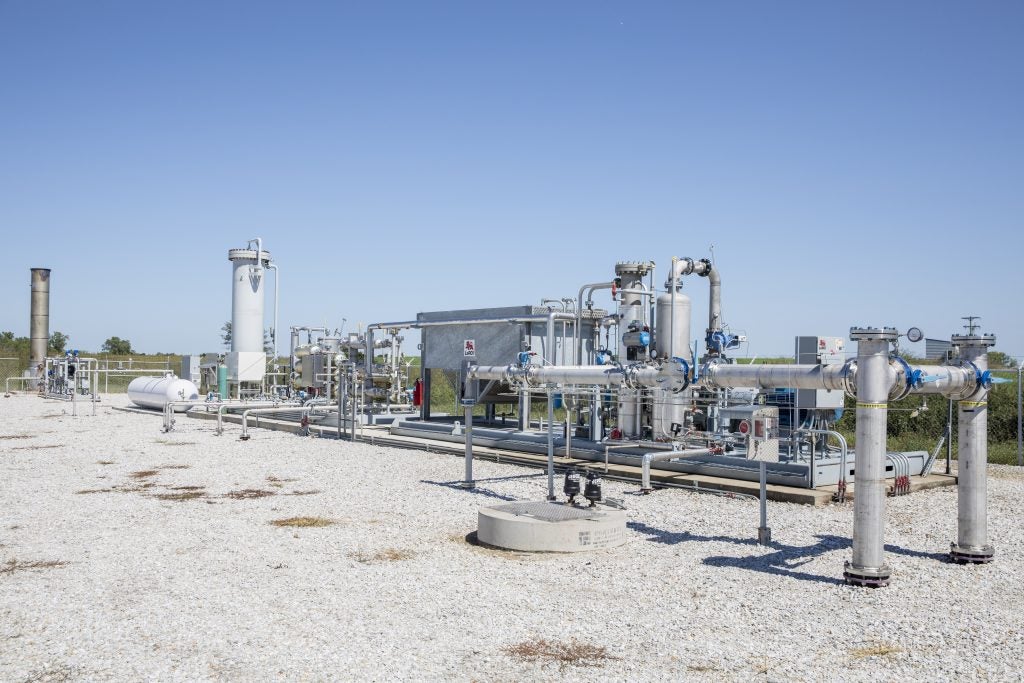Monarch butterflies are migrating in large numbers, with support from some unlikely allies

You may have noticed more monarch butterflies than usual this year. There’s a reason for that.
Researchers are finding that monarch populations are at the fourth highest level since 1993 – making this year’s population currently migrating south for the winter one of the highest of the past 25 years.
That’s great news for the beloved orange and black butterfly, which has faced a 95 percent population decline since the 1980s. This dramatic loss has been driven largely by increased applications of herbicides across the agricultural landscape, and additional threats posed by extreme weather and climate change.
But citizens, conservationists and even some forward-thinking companies are highly motivated to help recover the monarch before it’s too late.
Three uncommon allies with an ambitious goal
One of the most innovative recovery efforts is underway in an unlikely place: on hog farms in Missouri. That’s where Smithfield Foods has partnered with the Environmental Defense Fund and Roeslein Alternative Energy to see if restoring the monarch’s vital prairie habitat could be used to generate a new revenue stream from renewable energy production of prairie biogas.
It’s part of a larger commitment by Smithfield to increase manure-to-energy projects and meet their industry-leading goal to reduce greenhouse gas emissions 25 percent by 2025.
The prairie biogas model is innovative but simple – collect and harvest prairie plants as an alternative feedstock to hog waste in Roeslein’s biogas generators, which convert methane released by organic materials into clean, renewable natural gas.

In other words, these partners are using prairie as an alternative source of energy, and income. But the benefits aren’t just economic, and they aren’t just for farmers and food and energy companies.
The power of the prairie
Restoring native prairies supports the health of local communities and ecosystems in so many critical ways, including but not limited to:
- Reducing irrigation needs, which can save water in drought-prone places.
- Reducing erosion and fertilizer runoff, which helps keep drinking water clean for local and downstream water users.
- Increasing carbon sequestration, which contributes to climate resiliency.
- Providing an essential food source for pollinators – namely bees and butterflies but also birds – which support the pollination of food crops in nearby fields and are essential to the larger food system.
How can we achieve all of these environmental benefits while still harvesting prairie for biogas? It’s pretty simple, actually.
It’s all about the timing of mowing to support and maintain the presence of healthy prairie when bees, butterflies and birds need it the most. For example, on the farms in Missouri, mowing is timed to avoid periods when monarch butterflies are passing through on their annual migration, when prairie provides critical pit stops for the butterflies to breed on milkweed and feed on the nectar of native wildflowers before continuing on their journey.
It’s exactly the kind of innovative thinking that can help transform the ag sector into a conservation powerhouse.
Helping monarchs before it’s too late
The monarch faces a June 2019 deadline for federal policymakers to decide whether or not to add the butterfly to the endangered species list. Conservation efforts like those underway on Smithfield’s farms will be factored into the Service’s decision.
To learn more and get involved, visit edf.org/monarch.













One Comment
I always make room in my garden for milk weed and am blessed with their visit.